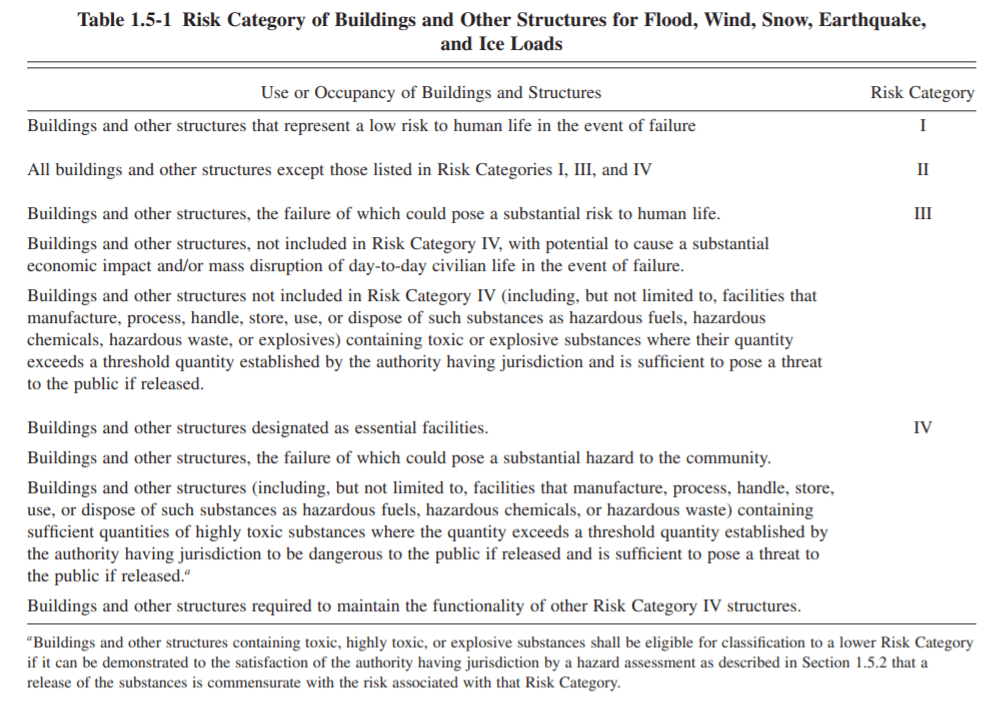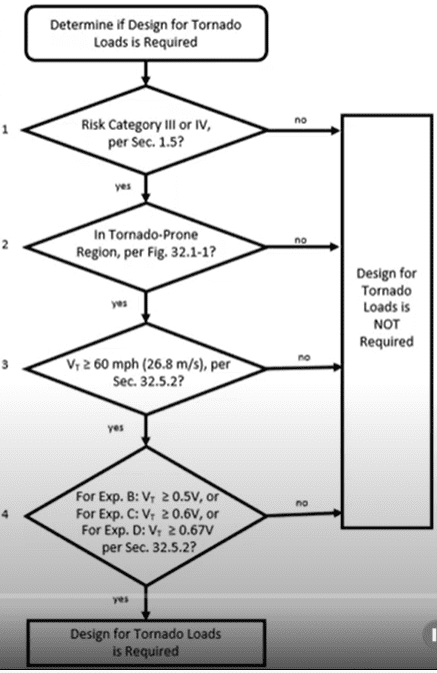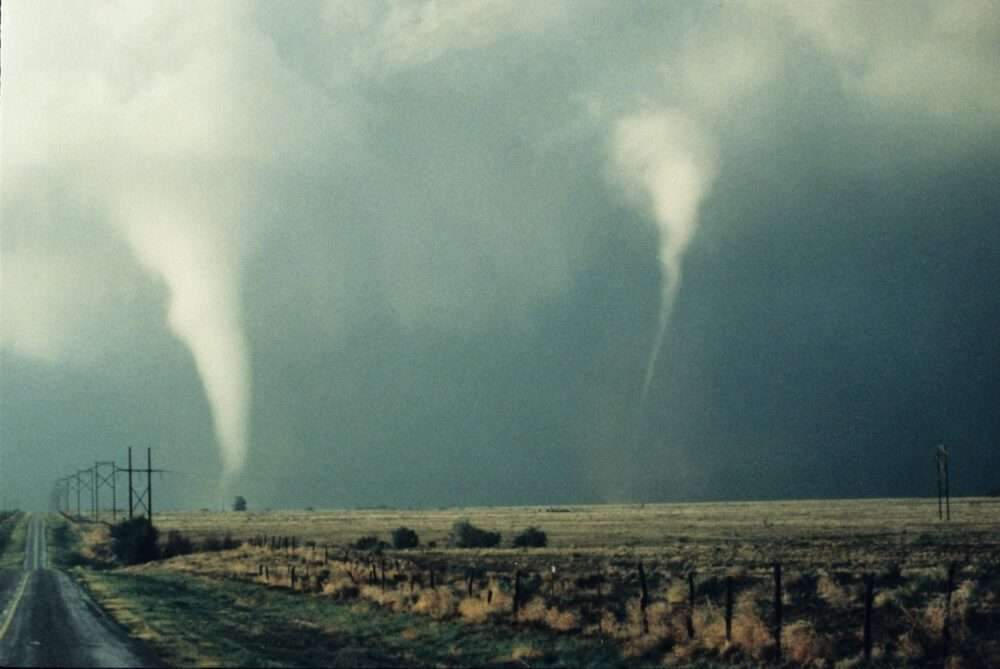2022 ASCE Standards for Hurricane Resistant Buildings
The American Society of Civil Engineers (ASCE) released the first-ever design standards for hurricane-resistant buildings
in its revised code ASCE/SEI 7-22,
Minimum Design Loads and Standards Associated with Building and Other Structures.
ASCE is the most widely used standard and an integral part of building codes in the United States and around the world.
And the new edition of ASCE/SEI 7-22 includes a new chapter 32 of hurricane terms and numerical data for all hazards.
ASCE/SEI 7-22 Standards for Hurricane Resistant Construction
The plan to set a wind-carrying standard exclusively for hurricane-resistant design came on a serious note after the accident in Joplin,
Missouri, Washington, where a tornado killed 162 people in 2011.
The goal was set by the National Institute of Standards and Technology (NIST),
on the basis of which the ASCE Institute of Structural Engineering published the 2022 edition of ASCE/SEI 7.
The standard applies only to buildings and other structures classified as hazard class III or IV (RC).
and on those in the hurricane-prone area of the United States (as per Figure 32.1-1, ASCE/SEI 7-22).
Buildings and structures falling under RC III and RC IV in accordance with ASCE 7
(Table 1.5.1 ASCE 7-10 and ASCE 7-16) are explained in the following figure.

The process of determining cyclone load requirements
- All major wind resistance systems (MWFRS), cladding, and all components (C&C) are designed and built for buildings that fall under risk categories (RC III and RC IV) and located in areas prone to hurricanes with the greatest hurricane load groups.
- Class 32 load groups or wind load groups pursuant to Chapters 26 to 31.
- Engineers must measure the effective area of a building and check hazard maps to determine the structure’s vulnerability to hurricanes.
- Hurricane load calculations are treated separately from wind load calculations.
- The figure below shows a process flow chart to determine when design of cyclone loads is required.
- The design process is provided as a function of hazard class, location relative to cyclone-prone area, cyclone velocity value, and cyclone velocity value relative to baseline wind speed.
- The numbers and divisions in the above figure are based on data in ASCE Chapter 32 7. Here, Vt is the tornado speed (mph), V is the base wind speed determined according to Section 26.5, and the exposure class is determined according to Section 26.7.3.
Hurricane loads are likely to control at least some of the wind load design elements of building structures which are:
- Located in “Hurricane Alley,” Midwest and Southeast (excluding locations near the coast where hurricanes dominate)
- It has large effective plan areas
- They are designated as basic facilities

2022 ASCE Standards for Hurricane Resistant Buildings
Permissible procedures and an outline for the determination of cyclone loads are given in Figure 32.1-3 of ASCE/SEI 7/22 Chapter 32.
The section also provides guidance for determining cyclone loads on MWFRS and C&C systems for buildings and structures.
RC III and IV classes include a narrow group of buildings,
such as hospitals, fire stations, and police stations.
Residential buildings, warehouses, and most manufacturing plants or homes
are not included and are expected to be included in the code eventually.
For more architectural news







